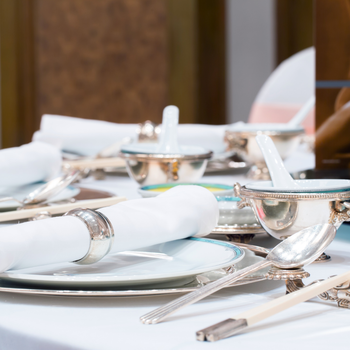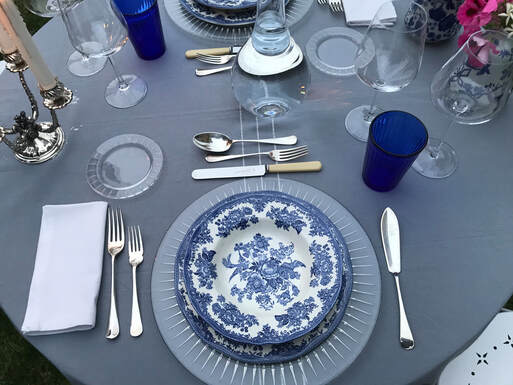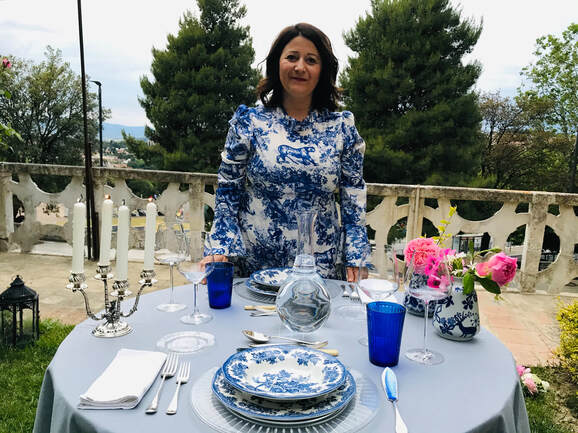|
Italian food is so famous, that people worldwide know and enjoy pizza and pasta, thanks to centuries of travelling along the Silk Road and exploration worldwide. The Renaissance period was credited with changing the way Italians ate and cooked. Little is known about the evolution of dining matters in Italy, and this will amaze you. It was noted during this period; initially, forks (introduced by Caterina de' Medici) were seen as excessive and a sign of femininity. It was not used until the 17th century where upper classes would afford these basic items and bring them to the dining table and share amongst family, friends and acquaintances.
A toast is given, the guest (you) should speak after the host’s presentation. Just wait for cues and go along with events and have a small speech that is positive and appreciative of your host’s welcome. Italian love to feed their guests. The trick is to take small servings, allowing your host to give you a second portion and not leave food on your plate. Making everyone happy. If you are not a wine drinker or tolerate small amounts, it is correct for you to leave wine in your cup. This will prevent your host from filling your glass up, and you are politely finishing every last drop. When eating, use the continental way of navigating your place setting. This requires using your napkin, resting and finishing positions in this style during and after your meal. Always keep your hands in sight and not on your lap during the meal, and never rest your elbows on the table.
Napkin Etiquette Elda Lanza, doyenne of Italian etiquette, wrote a book entitled Il Tovagliolo va a sinistra, directs the diner to put the napkin left side of the cutlery and never under the cutlery. On a formal occasion, the position of the napkin above the plate is allowed if there is a small gift or a single bouquet or to enhance a decoration. The napkin is folded in half and then half again, creating a booklet.
Petra Carsetti was born into a gastronomic minded family… true lovers of excellent foods and wines. From an early age she showed a great passion for the table, which she later developed by working in important, well-known Italian restaurants. Since 2005, she has written many books on food and wine, along with guides to Italian restaurants, specializing also in galateo and etiquette at the Accademia Italiana Galateo and ANCEP (the Association of Ceremonialists for Public Institute). She teaches etiquette in schools to adults and children, is a consultant for various political and economic authorities, and she has a weekly column in a historic newspaper. She also writes for various other newspapers, and in September she will come out with her new book, “GalaTime: it is always time for good manners”!
Please see her featured in Etiquipedia.blogspot.com
0 Comments
Leave a Reply. |
AuthorElizabeth Soos Archives
March 2025
Categories |
|
CONTACT US Submit Your Enquiry |




 RSS Feed
RSS Feed

